Bahawalpur is one of the biggest cities of southern Punjab and is distinguished in its own galore.
One of the most exceptional notations attached with Bahawalpur is that it was a state before merging into Pakistan at the time of independence in 1947.
State of Bahawalpur:
The state of Bahawalpur was founded in 1748 and it was ruled by the Abbasi family of Nawabs till 1955. Nawabs left the princely state of Bahawalpur, a very rich architectural legacy that is standing strong still today.
The city is located just at the edge of the Cholistan desert and holds its own historical value when it comes to the advent of Islam in the subcontinent.
Bahawalpur was established by Nawab Bahawal Khan I who had migrated from Uch in Shikarpur, Sindh. He made Bahawalpur the capital of his state replacing Derawar. The city was one of the first stops and a trading post between central India and Afghanistan.
Today, Bahawalpur is one of the most enriched and important cities of southern Punjab. Tourists get attracted to the historical palaces and monuments built in the times of the nawab.
Let’s have a look at some of the historical places of Bahawalpur which hold their own significance in their own unique way.
Noor Mahal
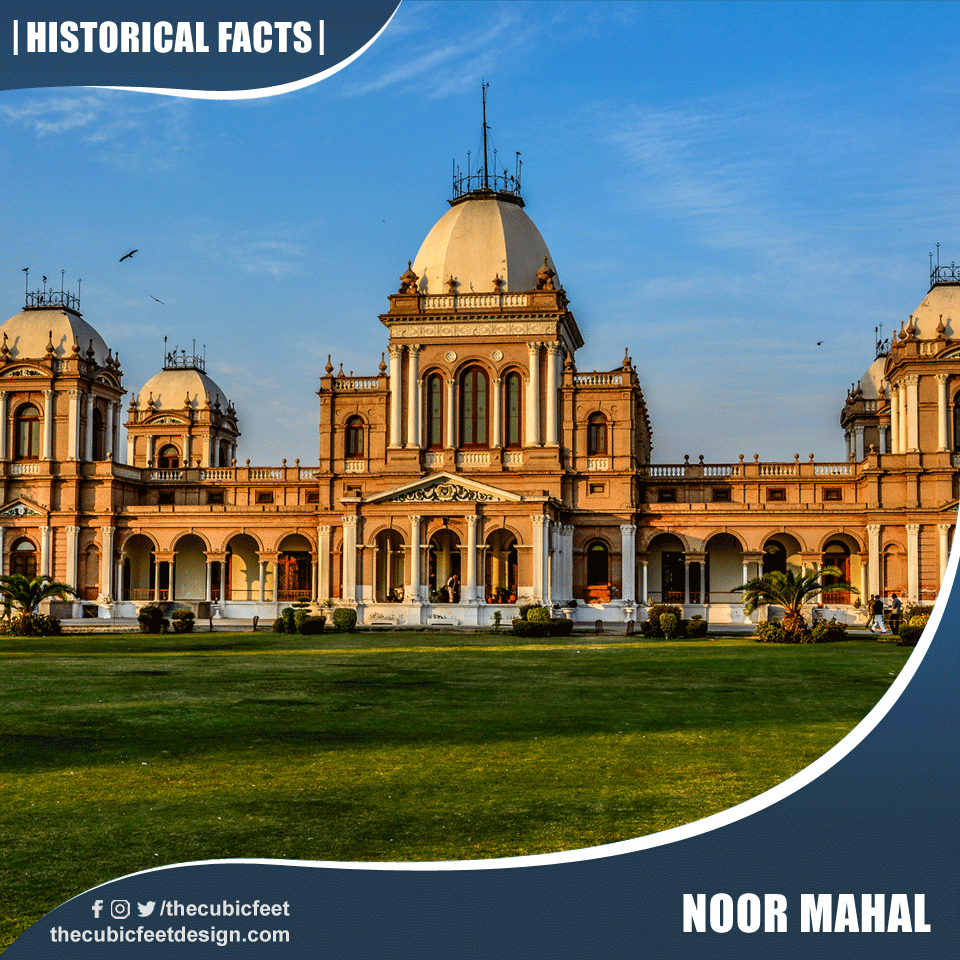
- Was built in 1872 on the neoclassical lines of Italian chateau
- Belongs to the Nawabs of Bahawalpur princely state during British Raj.
- Nawab Adnan Abbasi IV got this palace made for his wife
- Architect is Mr. Heennan
- Most material was imported from Italy and England
- Architectural style is mix of Corinthian and Islamic style
- The building was declared a “protected monument” by Government of Pakistan in September 2001.
- It is owned by Pakistan Army at the moment and is open for public
Gulzar Mahal
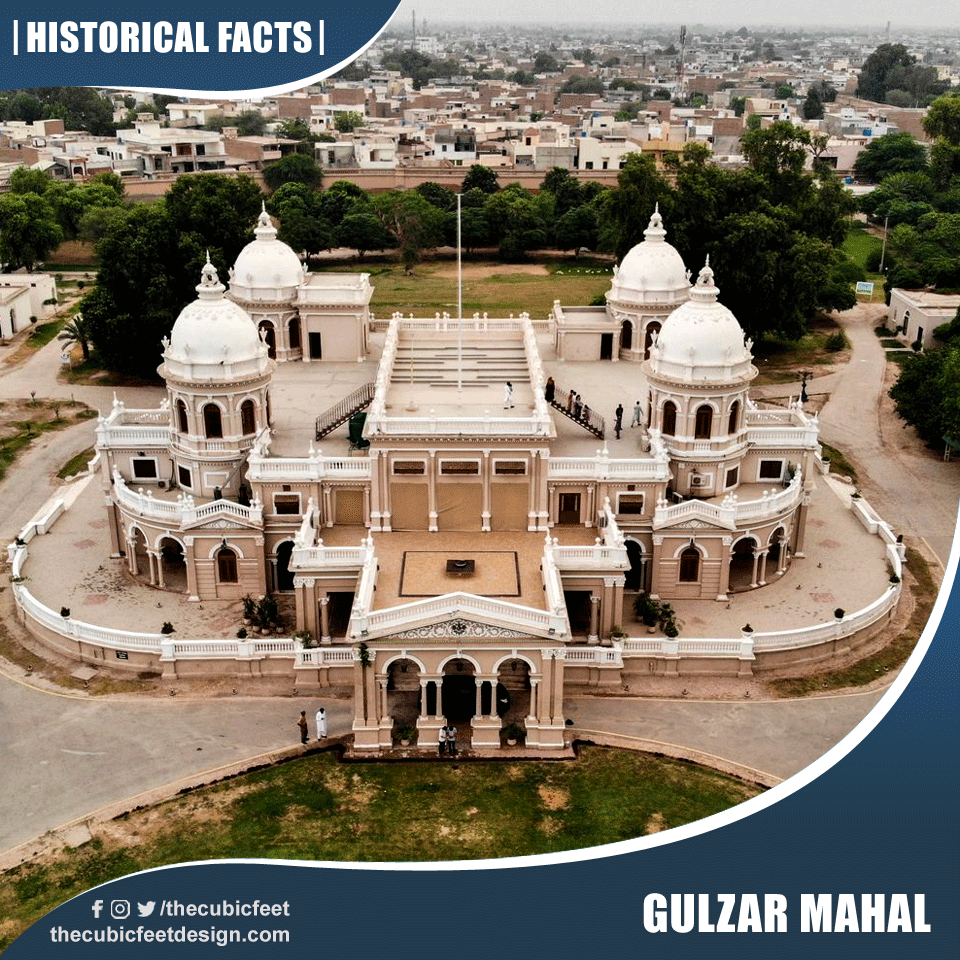
- Built between 1906 – 1909
- Was commissioned during the reign of Sadeq Mohammad Khan V
- Was built for the women members of the royal households.
- Palace is surrounded by a large garden
- Architectural style is Indo-Sarcenic & Italian
- The royal circular driveway leads up to pale limestone-colored building standing with all its might and royalty.
- Located in the Bahawalgarh Palace Complex
- Surrounded by Darbar Mahal, Nishat Mahal and Farrukh Mahal
Darbar Mahal
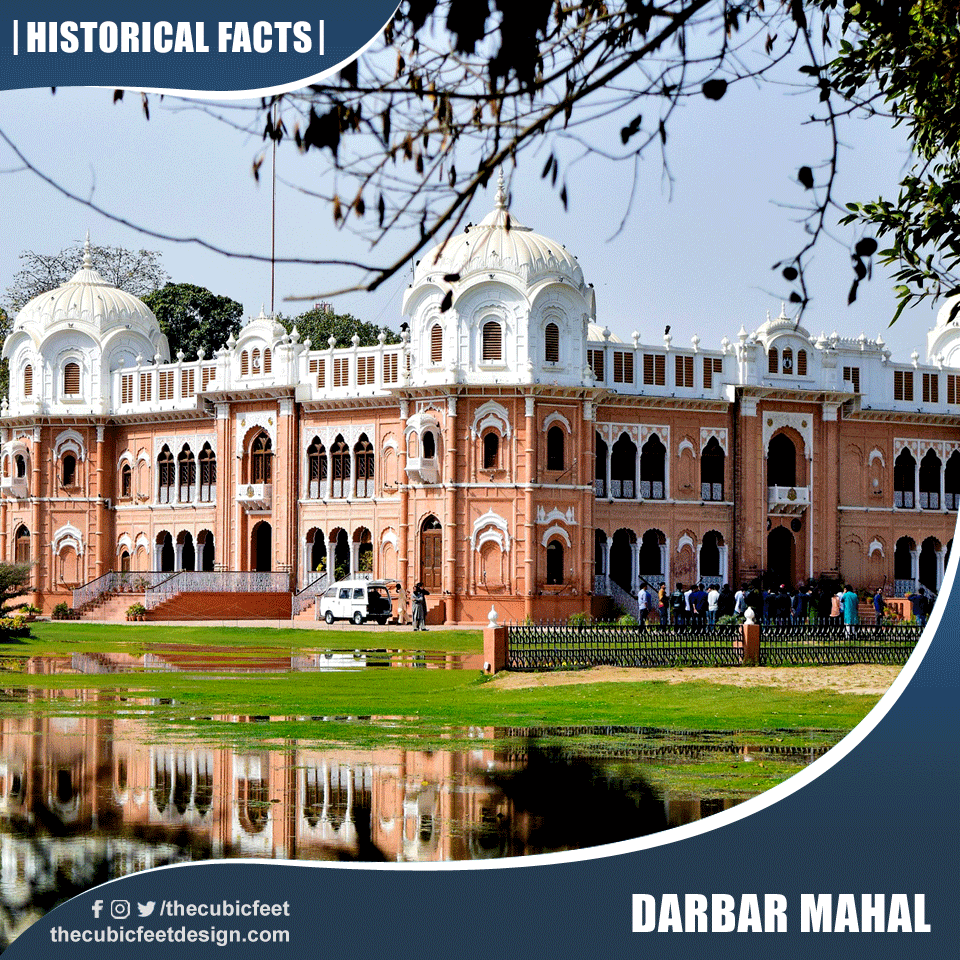
- Was built by Bahawal Khan V
- Was built to hold courtly events and government offices in the princely state of Bahawalpur.
- Initial name was Mubarak mahal
- Was completed in 1905
- Architectural style is Indo-Sarcenic
- It gives Arabic and European vibes
- The exterior involves intricate carvings, stucco work and fretwork
- Long jharoka balconies can be seen
- It also has Sikh-styled domes
Masjid Al-Sadiq
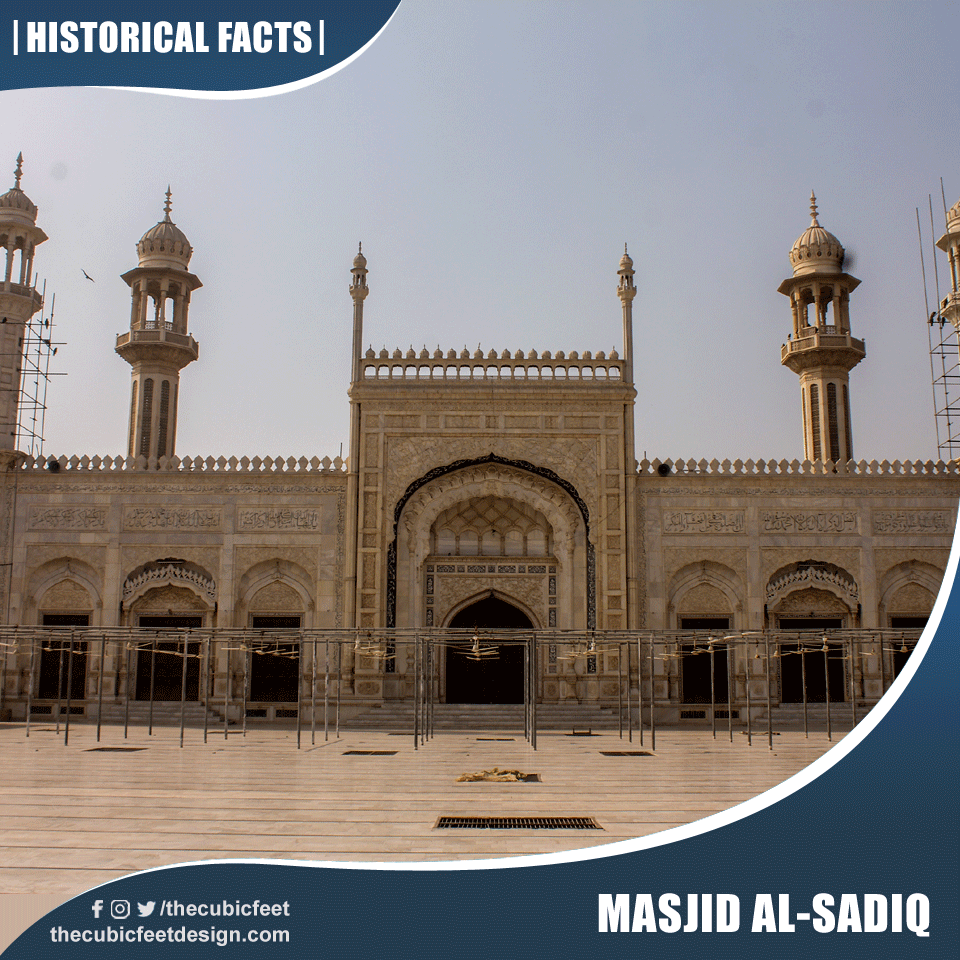
- Mosque was founded more than 200 years ago
- Its foundation stone was laid by Great Sufi of Chishtia clan – Noor Muhammad Maharvi
- Renovation was done in 1935 by Sir Sadiq Muhammad Khan Abbasi
- 50,000 to 60,000 worshippers can pray at once in the mosque
- Architectural style is indo-Islamic
- It is inspired by the Badshahi mosque of Lahore but endorses white marble instead of red-sand stone
- Al-Sadiq mosque is a self-sustained mosque and it is maintained with its own resources
- One of the oldest mosques in Pakistan
Fawara Chowk
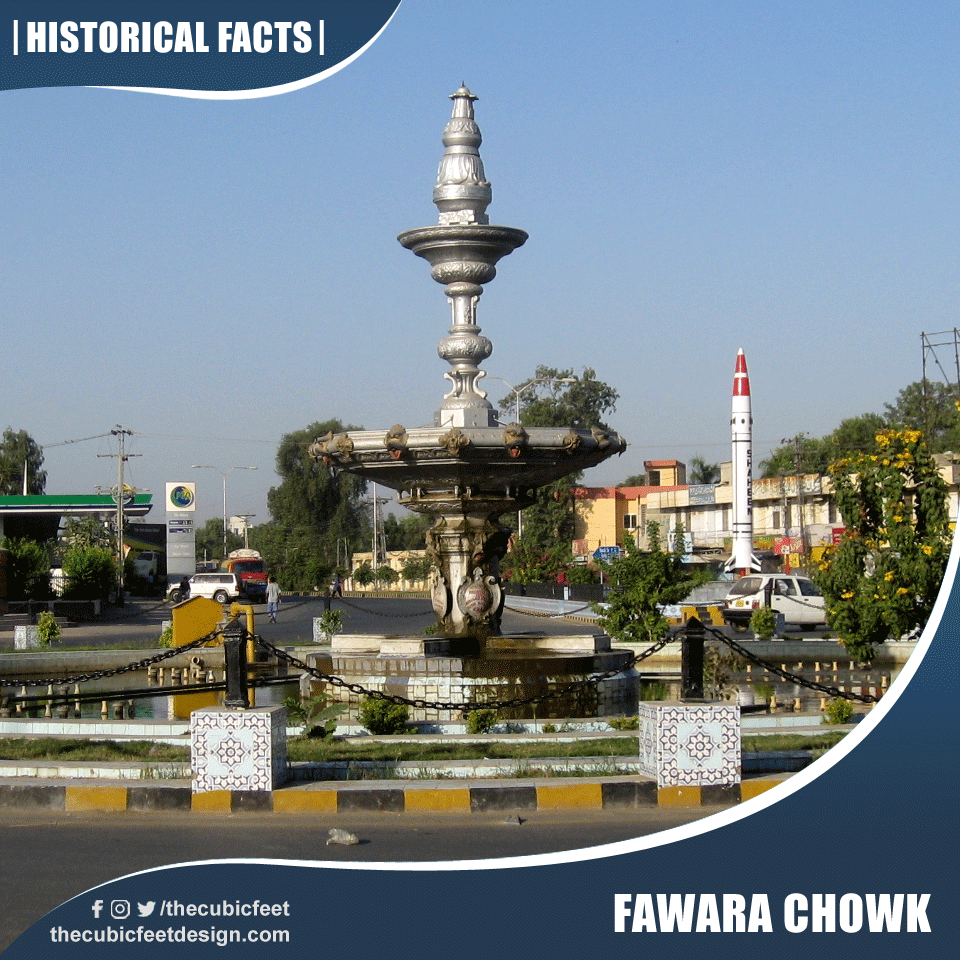
- This majestic fountain was gifted by British Queen Victoria to the Nawab of Bahawalpur
- The fountain was presented to Amir Sadiq Abbasi in 1916
- It is 10 feet high
- The peripheral pond is decorated with animals’ heads from where the water gushes out
- It was transported all the way from London to Bahawalpur
- Fountain is installed in the center of city from where 5 different routes are churned out
- It was initially fixated at Sadiq Garh Palace but later on was installed in the city center
- Nawab of Bahawalpur loved the fountain and kept on visiting it till his death in 1963
Tomb of Bibi Jaiwindi
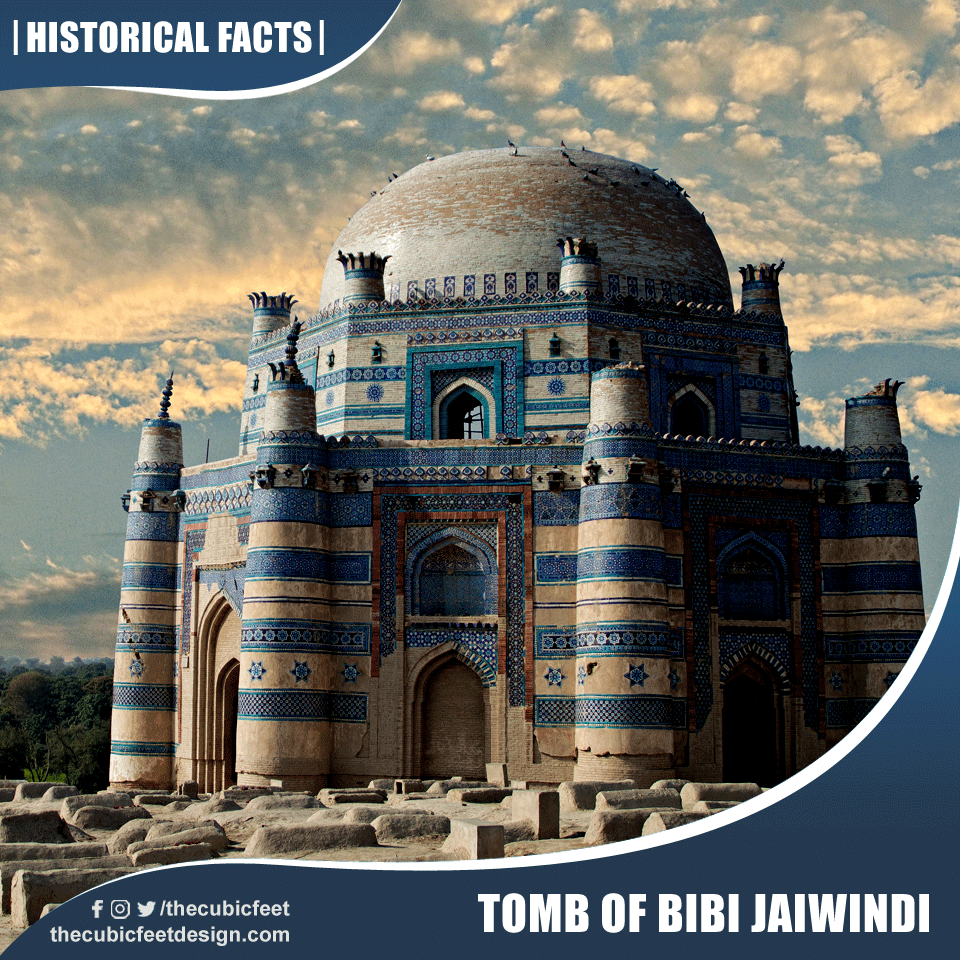
- Located in Uch Sharif, Punjab
- Built in 15th century
- In the memory of historical Sufi premier Bibi Jaiwindi from the Suhrawardiyyah descent
- The interior and exterior of the tomb is richly decorated with Islamic scriptures.
- There are glazed bricks on octagonal base of the eight turrets which are placed on each corner
- The exterior has three tiers
- The interior is circular with thick angled walls
- The tomb has been included in the tentative list of World Heritage sites
Derawar Fort
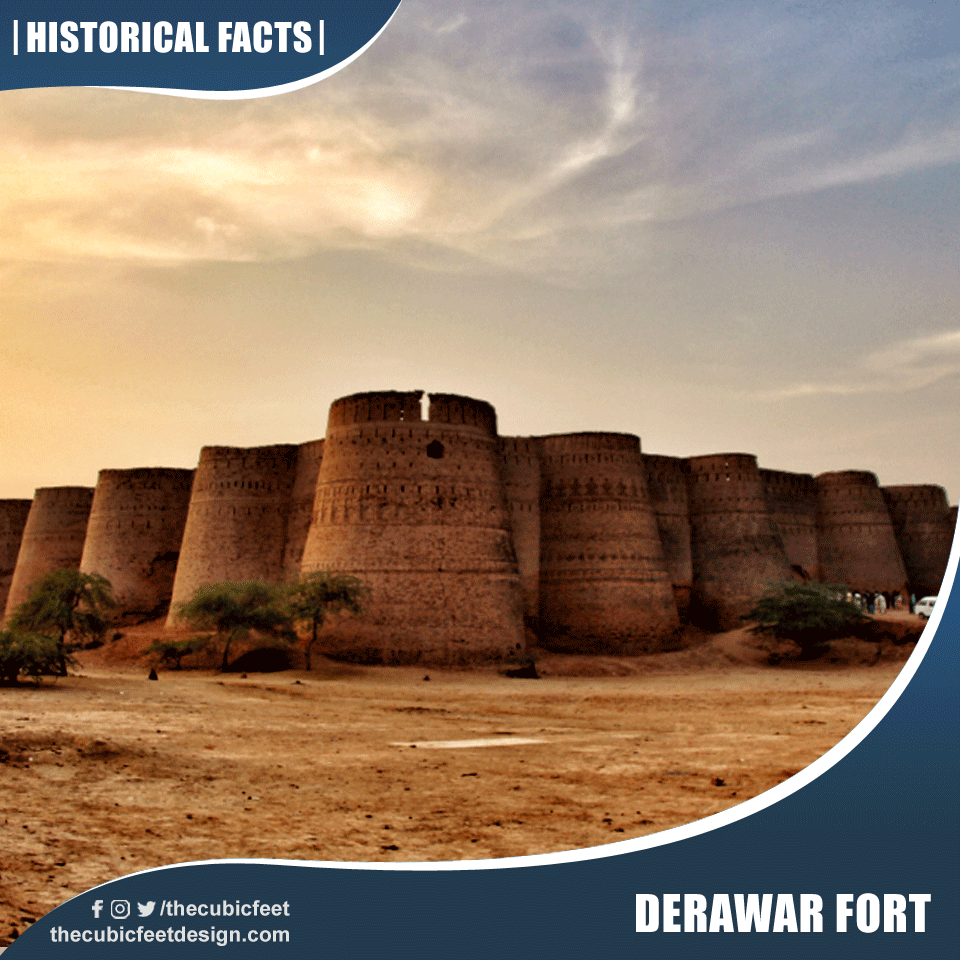
- Built in 9th century
- Hindu Rajput ruler – Rai Jajja Bhati built it
- Initial name was Dera Rawal
- Was taken over by the Nawabs of Bahawalpur in the 18th century
- 1000-year-old catapult shells were found in the premises of the Fort
- Nawab Sadiq Muhammad Hassan Abassi V, was born in the fort in 1904
- One of the most prime sites to visit in South Punjab, Pakistan.
Abbasi Jamia Masjid Qila Deewar
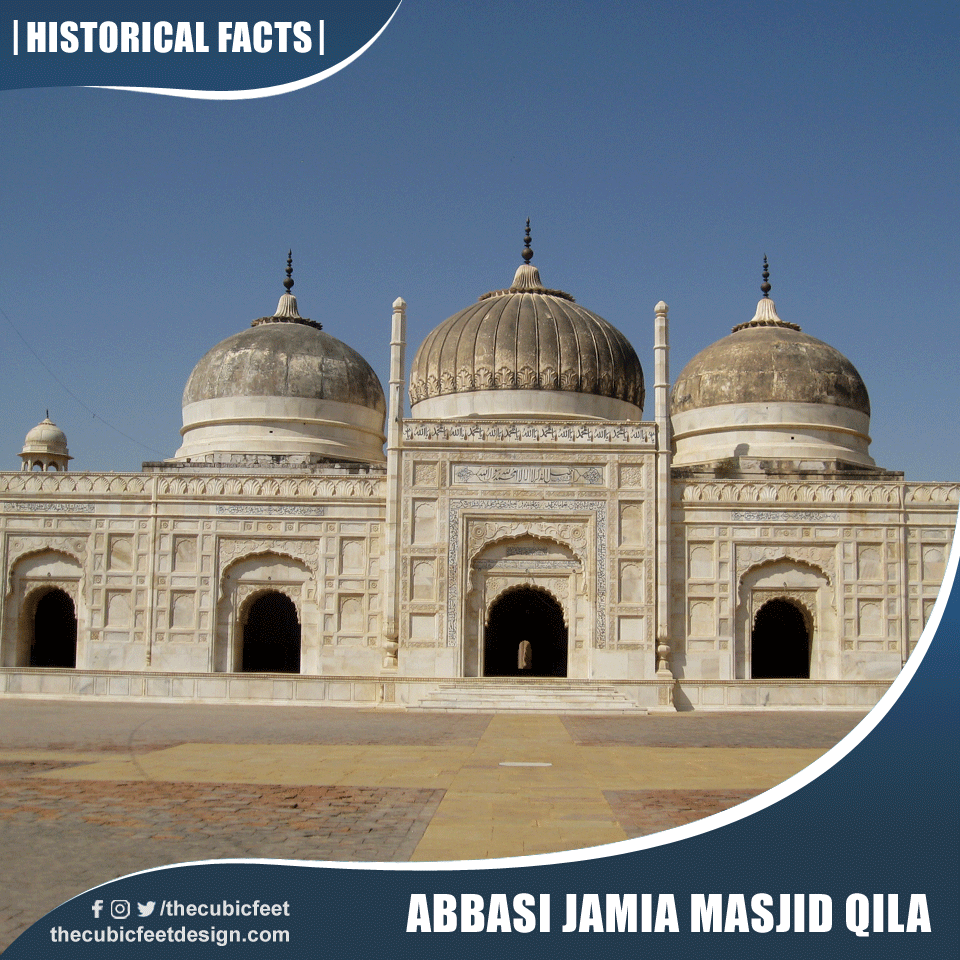
- Located close to Derawar Fort
- Built by Nawab Bahawal Khan in 1849
- It is exact replica of Moti Masjid located in Agra, India.
- Constructed with cupolas and domes of exquisite marble
- It was part of the home of Nawab of Bahawalpur
- Entirely made by white marble showcasing exquisite beauty
Abbasi Royal Graveyard
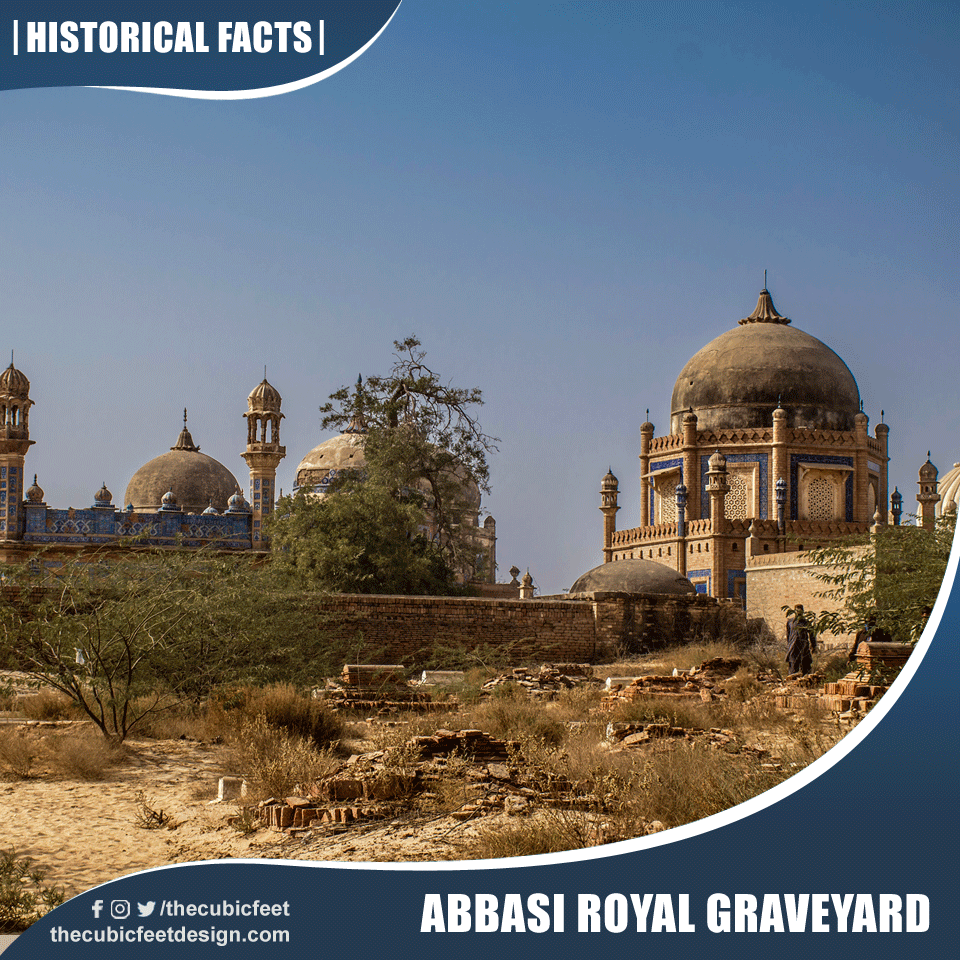
- Located near Abbasi Masjid
- The royal graveyard of Abbasi family is owned and controlled by surviving family members of the nawab family.
- Architectural style is Indo-Islamic
- This style is prevalent in Sindh and Punjab provinces
- 1 large rectangular room has graves of all the 12 ruling Nawabs of the Bahawalpur state
- The grave of last ruler is also located here who merged the state of Bahawalpur in Pakistan
- Graveyard is a clear example of calligraphic, embellishment, patchwork and glasswork galore.





